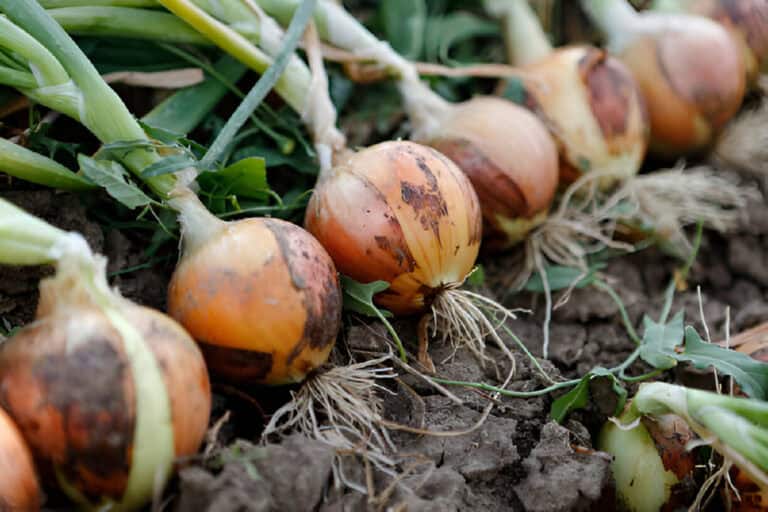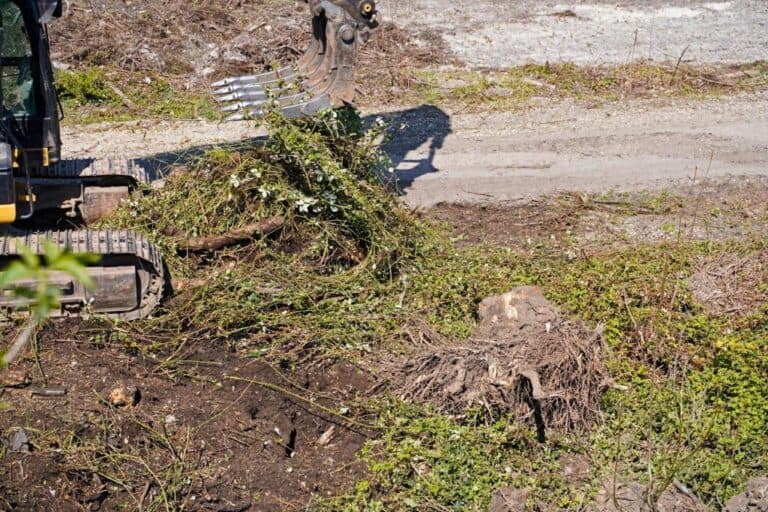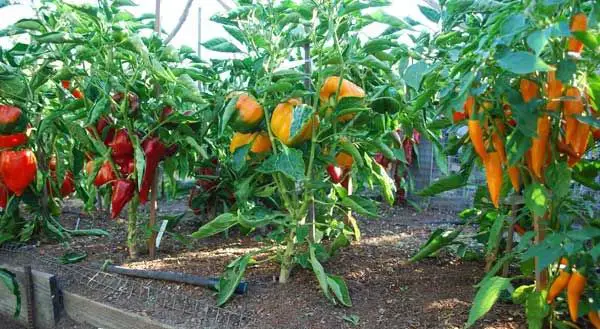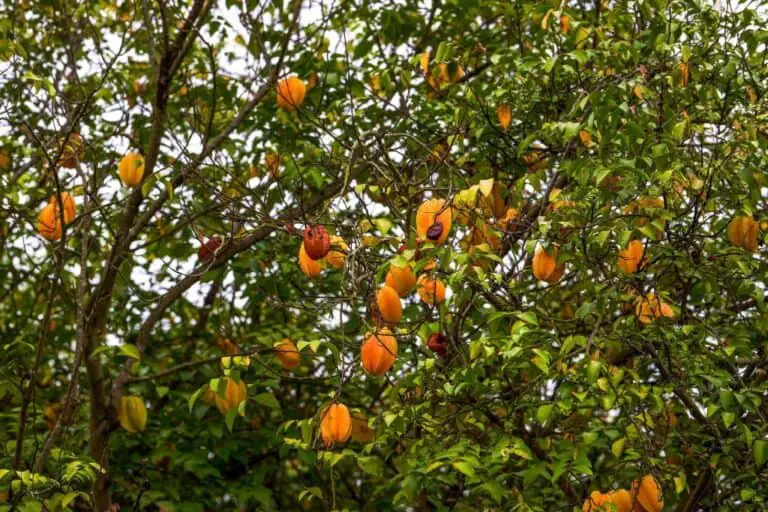Why Is My Broccoli Plant Not Growing and Producing Heads?

Broccoli, with its vibrant green florets and numerous health benefits, is a favorite vegetable for many gardeners. It’s disheartening, though, when your broccoli plant fails to grow and produce those coveted heads. Several factors can contribute to this problem, ranging from environmental conditions to nutrient deficiencies.
In this article, we’ll embark on a journey through the world of broccoli cultivation, exploring the various factors that can influence its growth and head development.
We’ll delve into the importance of sunlight exposure, the secrets of temperature preferences, the role of soil conditions and nutrients, and the art of proper watering techniques.
With each step, we’ll uncover the missing pieces of the puzzle, guiding you towards a thriving broccoli plant that will reward your efforts with an abundant harvest.
Why Is My Broccoli Plant Not Growing and Producing Heads?
Your broccoli plant, with its vibrant green leaves and promise of delicious heads, holds the potential for a bountiful harvest. But what if it’s not living up to its potential? Why is it failing to grow and produce those broccoli heads?
Let’s delve deeper into this perplexing issue and explore the possible reasons behind your broccoli plant’s lack of growth and head formation.
One of the primary culprits that may impede the growth and head development of your broccoli plant is insufficient sunlight exposure. Broccoli is a sun-loving vegetable that thrives when bathed in generous amounts of sunlight. It’s like nature’s fuel, providing the energy necessary for photosynthesis and the production of sugars that fuel plant growth.
If your broccoli plant is not receiving a minimum of six hours of direct sunlight each day, it may struggle to grow and form heads. Observe your garden and make adjustments to ensure your broccoli plant receives ample sunlight.
Temperature is another crucial factor that can affect the growth and head formation of broccoli plants. Broccoli is a cool-season vegetable that prefers moderate temperatures.
If the weather becomes too hot, particularly above 75°F (24°C), your broccoli plant may experience stress and focus its energy on bolting, the premature formation of flowers and seed stalks.
Similarly, exposure to frost or extended periods of cold can also hinder head development. Understanding your local climate and planting broccoli during the appropriate season can help optimize its growth potential.
Apart from sunlight and temperature, soil conditions and nutrient availability play a vital role in the growth and development of broccoli plants. It requires well-draining soil that is rich in organic matter for broccoli to grow in the ground.
Heavy or compacted soil can impede root development, restricting the plant’s ability to absorb nutrients and water. Ensure your soil is loose and friable, promoting proper root growth and nutrient uptake.
Speaking of nutrients, broccoli has specific nutritional requirements for optimal growth and head formation. Nitrogen, phosphorus, and potassium, often referred to as NPK, are essential macronutrients that broccoli plants need in varying quantities.
Nitrogen promotes leaf growth, while phosphorus aids in root development and flower formation. Potassium supports overall plant health and helps regulate various physiological processes.
A deficiency in any of these nutrients can hinder the growth and formation of how many broccoli heads per plant. Conduct a soil test to assess nutrient levels and amend the soil accordingly to provide the necessary balance of nutrients.
Watering plays a crucial role in the growth and development of your broccoli plant. Inconsistent or inadequate watering can lead to stress and affect the formation of heads.
The plants require consistent moisture throughout the broccoli growth cycle. However, overwatering can be equally detrimental, causing root rot and depriving the plants of oxygen.
Strive for a balance by watering deeply and ensuring the soil is evenly moist but not waterlogged. Mulching around the plants can help retain soil moisture and regulate temperatures.
Identifying Common Pests and Diseases
Pests and diseases can significantly hinder broccoli’s growth, head formation, and production. Here are some common culprits to watch out for:
- Pests: Common pests that affect broccoli plants include aphids, cabbage worms, and flea beetles. Regularly inspect your plants for signs of pest infestation, such as chewed leaves or tiny insects. Introduce beneficial insects like ladybugs or use organic pest control methods like neem oil or insecticidal soaps.
- Diseases: Broccoli is susceptible to diseases such as clubroot, black rot, and downy mildew. Look out for symptoms like stunted growth, yellowing leaves, or wilting. Preventive measures include crop rotation, practicing good sanitation, and using disease-resistant varieties.
Nutritional Requirements for Broccoli Plants Growth
Meeting the nutritional needs of your broccoli plants is crucial for their growth and head development. Consider the following aspects:
- Macronutrients: As mentioned above, broccoli requires nitrogen, phosphorus, and potassium (NPK) for robust growth. Incorporate a balanced organic fertilizer or compost before planting and provide supplemental feedings during the growing season.
- Micronutrients: Micronutrients like iron, magnesium, and calcium play vital roles in broccoli development. Maintain proper soil pH and consider foliar sprays or organic amendments to address specific micronutrient deficiencies.
- Fertilizer application techniques: Apply fertilizers evenly and avoid excessive nitrogen, which can promote lush foliage at the expense of head formation. Follow package instructions for application rates and timings, adjusting as needed based on plant growth and soil conditions.
- Organic alternatives: If you prefer organic gardening, explore natural alternatives such as compost, well-rotted manure, or organic fertilizers specifically formulated for vegetables.
Best Practices for Planting Broccoli
To set your broccoli plants up for success, follow these best practices during planting:
- Choose the right broccoli varieties: Select varieties that are well-suited to your region’s climate and growing conditions. Some cultivars perform better in colder climates, while others are more tolerant of heat. (Read: Can Broccoli Grow in Winter?)
- Prepare the soil: Before planting, ensure the soil is well-drained and rich in organic matter. Remove any weeds and incorporate compost or well rotted manure to improve soil fertility and structure.
- Seed starting and transplanting techniques: Start broccoli seeds indoors 4-6 weeks before the last frost date in your area. Transplant broccoli seedlings when they have developed 3-4 true leaves. Handle the delicate roots with care to avoid damage during transplanting.
- Proper spacing and plant density: Provide adequate space between broccoli plants to allow for proper air circulation and growth. Space plants around 18-24 inches apart in rows, or follow the spacing recommendations provided on seed packets or plant tags. Crowded plants can compete for resources and hinder head formation.
Factors Affecting Broccoli Head Formation
Numerous factors play a role in the development of broccoli heads. Let’s explore them in detail:
- Understanding the broccoli life cycle: Broccoli is a biennial plant that completes its life cycle within two years. The first year focuses on vegetative growth, while the second year triggers flowering and seed production. Harvesting broccoli heads is typically done during the first year.
- Environmental factors: Temperature fluctuations, extreme heat, or prolonged cold spells can negatively impact head formation. Broccoli plants thrive in cool, mild climates. Sudden temperature shifts or prolonged exposure to temperatures outside the ideal range can cause premature bolting or inhibit head development.
- Genetic and variety-specific considerations: Different broccoli varieties have varying traits and growth habits. Some varieties are known for producing larger heads, while others may have smaller or more numerous side shoots. Choose varieties that align with your preferences and growing conditions.
- Harvesting techniques for encouraging secondary head growth: After the main broccoli head is harvested, secondary side shoots often develop. By cutting the main head carefully above the lower leaves, you encourage the growth of these secondary heads, providing an extended harvest period.
Troubleshooting Poor Broccoli Head Development
If your broccoli plants are not producing heads as expected, consider the following troubleshooting tips:
- Common reasons for lack of head formation: Insufficient sunlight, improper temperature conditions, nutrient deficiencies (particularly nitrogen and boron), or inadequate soil moisture can contribute to poor head development. Evaluate these factors and make necessary adjustments.
- Nutritional deficiencies and excesses affecting broccoli heads: Nutrient imbalances can impact head formation. Nitrogen deficiency can result in stunted growth and small heads, while excess nitrogen may promote leafy growth at the expense of heads. Conduct a soil test to identify any deficiencies or excesses and amend the soil accordingly.
- Environmental factors and their impact on head formation: Extreme temperatures, heatwaves, or extended periods of cold can disrupt the formation of broccoli heads. Provide shade or use row covers during hot weather, and consider using mulch to regulate soil temperature and moisture levels.
- Remedial actions for promoting head development: Ensure your broccoli plants receive adequate sunlight, maintain optimal temperature conditions, and provide consistent moisture. Side-dress the plants with a balanced organic fertilizer during the growing season to provide essential nutrients for head development.
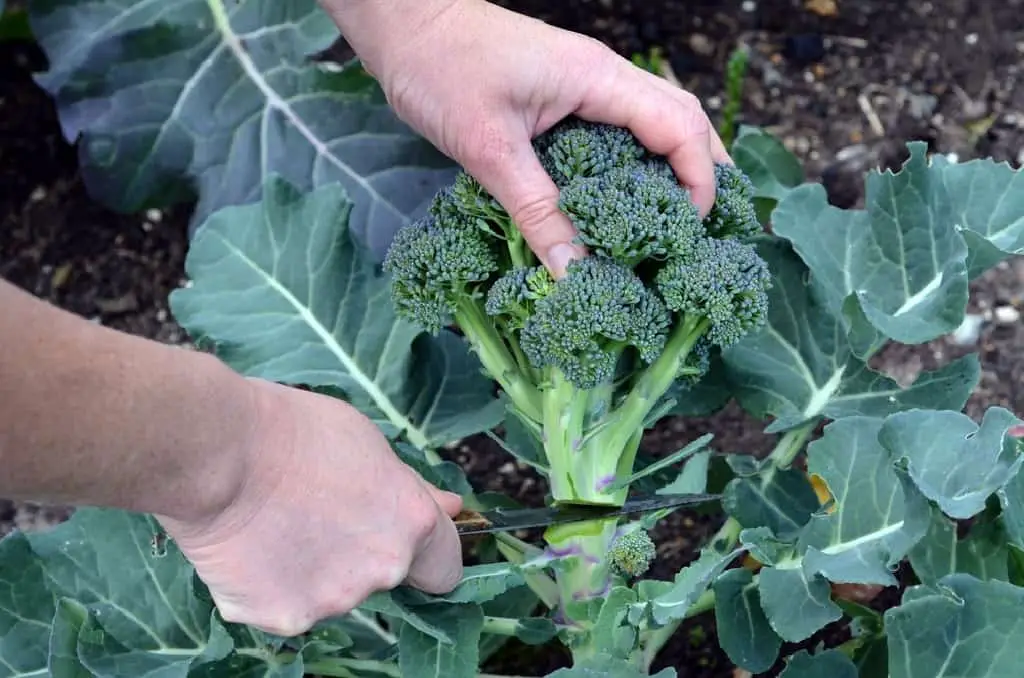
Common Broccoli Plant Problems and Solutions
Here are some common problems you may encounter with your broccoli plants and solutions to address them:
- Yellowing or wilting leaves: Yellowing leaves can indicate nutrient deficiencies, such as nitrogen or iron. Wilting leaves may be a sign of underwatering or root-related issues. Adjust fertilization, address nutrient deficiencies, and ensure proper watering practices.
- Stunted growth: Stunted growth can result from various factors, including nutrient deficiencies, poor soil conditions, overcrowding, or pest infestations. Address these issues by providing adequate nutrients, improving soil quality, spacing plants properly, and implementing organic pest control measures.
- Dealing with broccoli bolting: Bolting occurs when broccoli plants prematurely produce flowers and seed stalks instead of forming heads. High temperatures or other environmental stressors are frequently the cause of it. To prevent bolting, choose heat-tolerant varieties and provide shade or use row covers during hot weather. Harvest the heads promptly to avoid triggering the flowering process.
- Addressing nutrient deficiencies and excesses: Conduct a soil test to identify nutrient deficiencies or excesses affecting your broccoli plants. Adjust the soil pH and nutrient levels accordingly. Organic amendments like compost, bone meal, or seaweed extract can help correct deficiencies, while reducing nitrogen fertilization can counteract excesses.
Conclusion
Now that we’ve explored the potential reasons behind your broccoli plant’s lack of growth and head production, it’s essential to assess each factor in your specific gardening environment.
Analyze the sunlight exposure, temperature conditions, soil quality, nutrient levels, and watering practices. Making appropriate adjustments will help your broccoli plant thrive and reach its full potential, rewarding you with robust growth and the delectable heads you’ve been eagerly anticipating.
Remember, gardening is a journey of learning and experimentation, and with each challenge, you gain valuable knowledge to become a more skilled and successful gardener.
As you strive to grow healthy and productive broccoli plants, understanding the growth factors, identifying and addressing common problems, and implementing proper care practices will greatly enhance your gardening success.
By applying the knowledge shared in this article, you’ll be well-equipped to tackle any challenges that come your way and enjoy a bountiful harvest of delicious, homegrown broccoli. Happy gardening!
Frequently Asked Questions (FAQs)
How long does it take for broccoli to form heads?
Broccoli heads typically form within 60 to 100 days from planting, depending on the variety and growing conditions.
Can I grow broccoli in containers?
Yes, broccoli can be grown in containers, provided the containers are large enough to accommodate the plant’s root system. Choose compact or dwarf varieties for container gardening.
Are there any natural methods to deter pests from broccoli plants?
Yes, you can use natural methods like companion planting with pest-repellent herbs, introducing beneficial insects, using insecticidal soaps or neem oil, and practicing good garden hygiene to deter pests from broccoli plants.
What are the signs of nutrient deficiencies in broccoli plants?
Signs of nutrient deficiencies in broccoli plants include yellowing leaves, stunted growth, and poor head development. Specific nutrient deficiencies may exhibit unique symptoms, such as purple coloration for phosphorus deficiency or interveinal chlorosis for iron deficiency.
How do I prevent broccoli heads from becoming bitter?
Bitterness in broccoli heads can be prevented by harvesting them at the right time, when the buds are tight and compact. Delayed harvesting can result in flowering and bitterness. Additionally, providing consistent moisture and adequate nutrition can help prevent bitterness.
Can I save broccoli seeds for planting in the next season?
Yes, broccoli seeds can be saved for planting next season. Allow the plants to bolt and produce flowers. Once the flowers fade and seed pods develop, harvest the pods and allow them to dry. Remove the seeds from the pods, store them in a cool, dry place, and use them for planting in the following season.
Can I grow broccoli year-round?
Broccoli is a cool-season vegetable and performs best in cooler temperatures. While it may be challenging to grow broccoli year-round in regions with extreme heat or frost, you can extend the growing season by planting in early spring and fall or using season-extending techniques like cold frames or hoop houses.
Yes, broccoli plants keep producing more than once, may be generated several times. After harvesting the main head of the broccoli plant, smaller side shoots will typically continue to grow and develop, which can be picked for up to three months.

